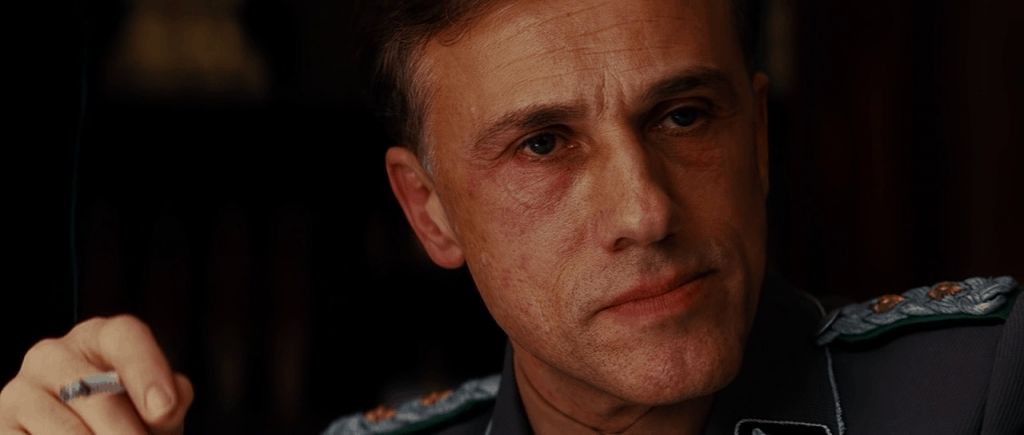An Overview Of Dialogue

Dialogue is an excellent tool in developing a character. It should be used to gradually grow and evolve your characters and expound on the character arc. A lot of would-be scriptwriters worry about their ability to write dialogue but a great screenplay needs strong characters and a captivating story first and foremost. A great example of this would be the early episodes of Star Wars.
Effective dialogue should achieve five things:
1. Move The Story Forward
When you write dialogue you want to make sure that it keeps the story flowing. If your script comes skidding to a halt during a conversation between two characters then you need to edit how the information is given out. Break it up, show it through action or whatever else you can think of to keep your story moving along at a good pace.
2. Reveal The Emotional Stakes
During every conversation your characters should go through a range of emotions and display them accordingly. Remember that different characters will display the same emotion differently. While one character may go into a destructive rage when they are angry, another might try to mask their anger behind a fake smile.
3. Reveal Your Character’s Background
Every character has a different background which affects how they speak. An intelligent character might use a myriad of colourful phrases to describe things while a street punk will use a few monosyllabic words to explain things.
4. Reveal Conflict
There are many types of conflict which will effectively show they type of relationship between two characters. A light hearted couple of jibes about a character’s choice of pants shows that both characters are close and friendly. An all out fist fight indicates a poor relationship with a certain amount of backstory to it. In movies dialogue tends to replace the inner thought you’d find in a novel. Any conflict must be verbalized and explored. If there are two characters in a scene and they both want the same thing then the scene feels flat, everything moves along too smoothly. Nothing goes smoothly in real life and your script should be much the same.
5. Create Tension
Every character has an agenda, some are out in the open and some are hidden. Clashing agendas result in tension either on the surface or in the subtext. When you’re in a scene remember that each character wants something to happen, often in opposition of the character they are playing off. How does your character react to these situations? Be aware that each different situation will result in your character reacting in a different way. As the script progresses and your characters grow the reaction becomes more focused and explosive.
Realistic Dialogue
Critics often focus on the realism of dialogue. The truth is though that good dialogue is not at all like a real life conversation. Dialogue is much more sharp and to the point. Movies are action orientated, if you want to write a dialogue loaded piece then a play is the medium for that.
You want to think of dialogue as edited speech, like two friends talking with all the extraneous and unnecessary parts taken out. No umm-ing and ahh-ing, and no rambling. Dialogue should be like a good conversation, everyone makes their point quickly and succinctly and then allows others to put in their two cents. Avoid having characters going off on long rants or monologues, instead try and keep any dialogue to a couple of lines. Occasionally a long speech is needed but you need a really good reason and message behind the monologue otherwise the audience will get bored quickly.
There are ways you can keep dialogue “realistic” without it being dull and long winded. Allow your characters to interrupt each other from time to time, have them overlap. They can lie and exaggerate to each other. Also you want to avoid having characters referring to the name of the person they are talking to.
When you are writing the first draft of your script you shouldn’t worry too much about writing dialogue. Don’t over think it. Just let it flow and come from the heart and it will seem a lot more natural. You can always go over it in the rewrite to tweak and improve it. Some writers put barely any effort into the dialogue in the first draft, leaving basic phrases they can change later.
As you write down the dialogue be thinking to yourself, “is there a shorter, snappier way of saying this?”. You’ll eventually get the hang of saying the most in as few words as possible. Once you get inside the head of the character you’re writing for it makes it much easier. This is why some scriptwriters like to write out a character biography and backstory for their main characters before they begin writing the dialogue.
A character voice consists of eight things:
1. The text/words
2. The subtext/meaning behind the words
3. Grammar
4. Vocabulary
5. Accent and/or cultural influences
6. Slang
7. Professional jargon
8. Style, rhythm and structure
A Simple Exercise To Improve Your Understanding Of Dialogue
If you’re serious about being a scriptwriter then you should invest in a digital Dictaphone. You might want to ask permission first but use the Dictaphone whenever you can and record conversations with as wide a variety of people as you can. Listen back to it and note the details. You’ll begin to develop a feeling of when people interrupt each other, when the topic gets changed, when there are lulls or uncomfortable moments.



Oh…my god really its a improvable note for me while I am writing a great screenplay as a great extraordinary story…..waooo…dialogue is the one kind of weapon for writer to incite main character…thanks